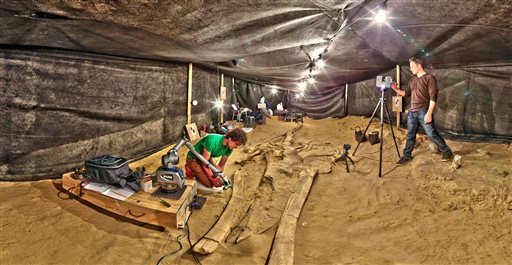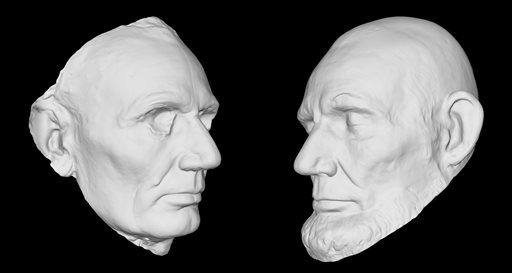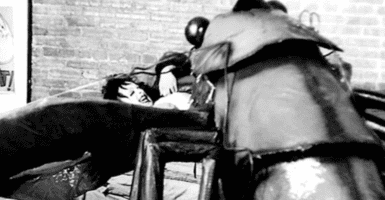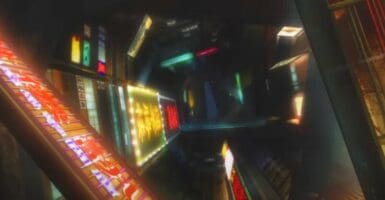Smithsonian And McDonalds Both Looking To Embrace 3D Technology
This article is more than 2 years old
 Today brings ironic juxtaposition when it comes to the use of 3D technologies. We’ve got the Smithsonian looking to archive its artifacts using 3D imaging, and we’ve got McDonald’s thinking about 3D printing the plastic toys that come in happy meals. Well folks, technology doesn’t discriminate!
Today brings ironic juxtaposition when it comes to the use of 3D technologies. We’ve got the Smithsonian looking to archive its artifacts using 3D imaging, and we’ve got McDonald’s thinking about 3D printing the plastic toys that come in happy meals. Well folks, technology doesn’t discriminate!
The Smithsonian, the world’s largest museum and research complex, owns about 137 million historical objects, most of which are kept tucked away from our prying eyes and greasy hands. But what’s the point of having all that awesome stuff if people can’t access it? The museum has recently arrived at a solution to the problem — 3D imaging and printing. 3D imaging involves scanning an object and rendering its image in 3D, and you all know what 3D printing is. Many of the Smithsonian’s exhibits are too large to be 3D printed — like the Wright brothers’ first airplane — but a 3D scan would allow people to get an all-over look at the historical aircraft.

A team at the museum is starting to make 3D scans and models of some of these particularly profound artifacts, which also include the suit Amelia Earhart wore when making her historic flight, a woolly mammoth fossil, and a cast of Abraham Lincoln’s face. Such artifacts will be accessible in the convenience of one’s home via an online viewer, and the 3D scanning data can also be downloaded and printed on a 3D printer. While the larger items have been digitally compressed to be viewed in a web browser, viewers can still zoom in and look at the details, such as where the Philadelphia gunboat was hit by a British cannonball. Viewers can rotate the items, take a virtual guided tour of the items, and share or embed them via social media. The museum is planning on spending $350,000 per year on digitizing objects in 3D, but it’s likely that, with the donation of money and equipment, they’ll be able to spend more than that. The project will launch today at the Smithsonian X 3D conference.

That’s an absolutely perfect application of 3D technology, if you ask me. Hells yeah I want to see those artifacts on my computer, and I’m sure researchers, history teachers, archaeologists, etc. are psyched beyond belief. Now all they need to make their lives complete is the ability to buy 3D-printed toys at McDonalds.
While a commercial giant (are any of the locations still counting how many millions or billions served anymore?), McDonalds doesn’t quite have a reputation for being cutting edge. But that may change — at least in the UK stores. UK IT director Mark Fabes is looking into what 3D printing might mean for the chain. The idea is in its most nascent stage — apparently Fabes mentioned the idea in passing recently at an emerging technologies conference, but says that there are no actual plans to move forward. Rather than 3D printing all the happy meal toys, it sounded from his comments that Fabes was talking about having individual stores print out toys for the happy meals sold there, and possibly to order. I bet those orders would turn out better than the conventional ones. But Fabes isn’t sure that it’s cost-effective, and isn’t sure that it makes sense to have machines that heat and print plastic in a place that cooks food. Yeah, I bet it wouldn’t be long before someone bit into a burger and straight into the torso of an action figure.
Maybe McDonalds can take a page from the Smithsonian and make 3D images of its food available for customers — no calories, no fake meat, and no plastic seems like an advancement to me! I’m just happy they’re not thinking of 3D printing their food or making their “meat” in a lab.












